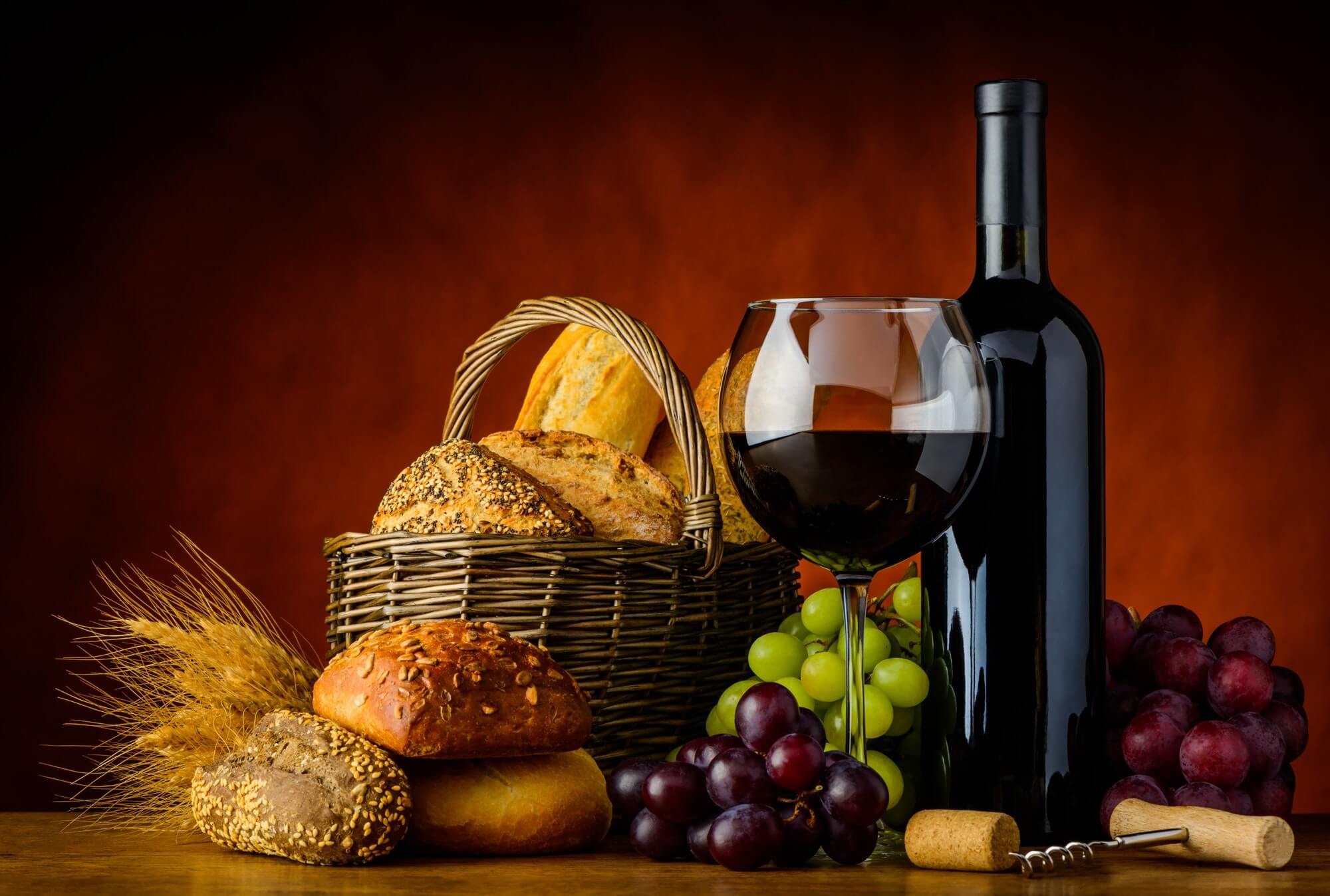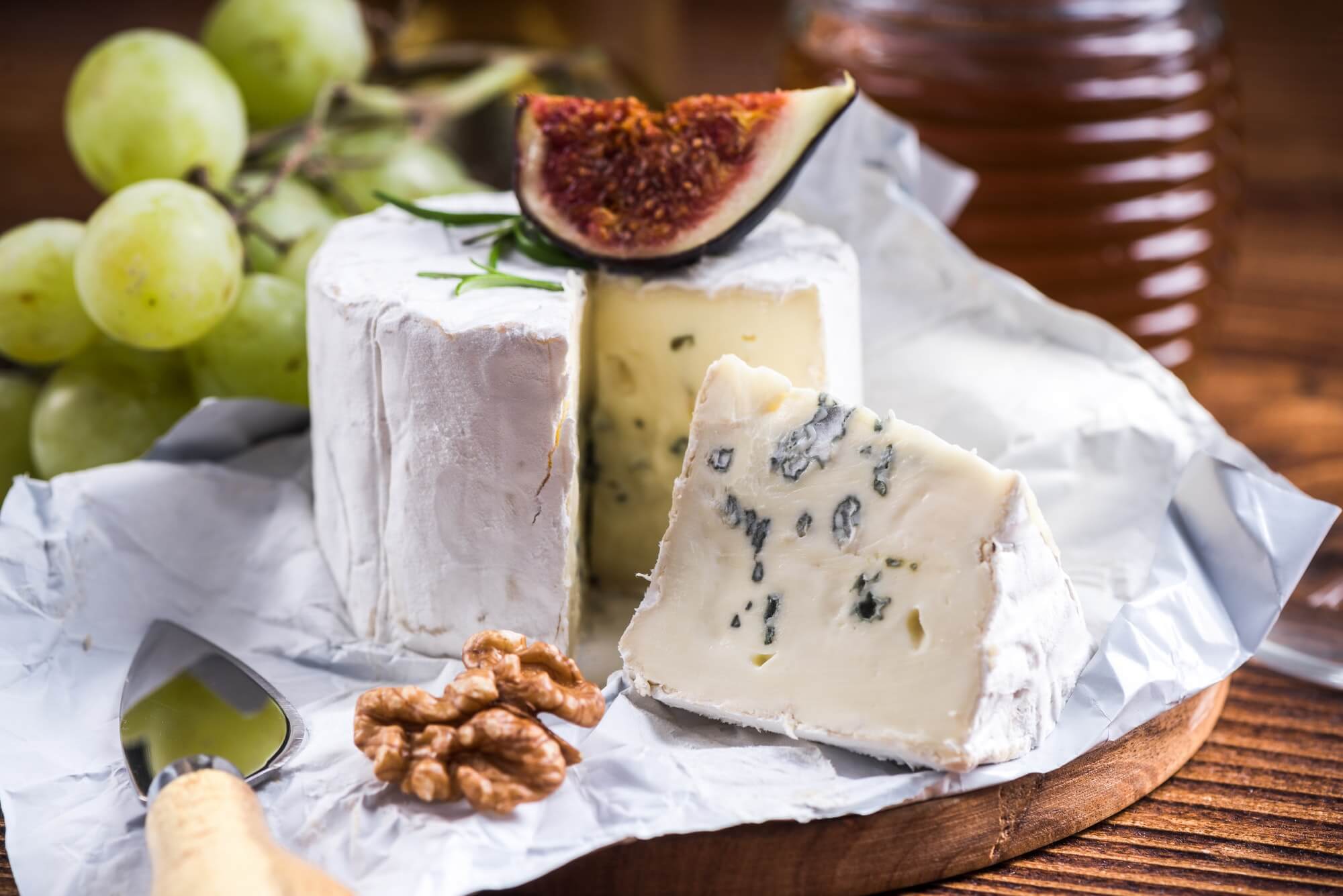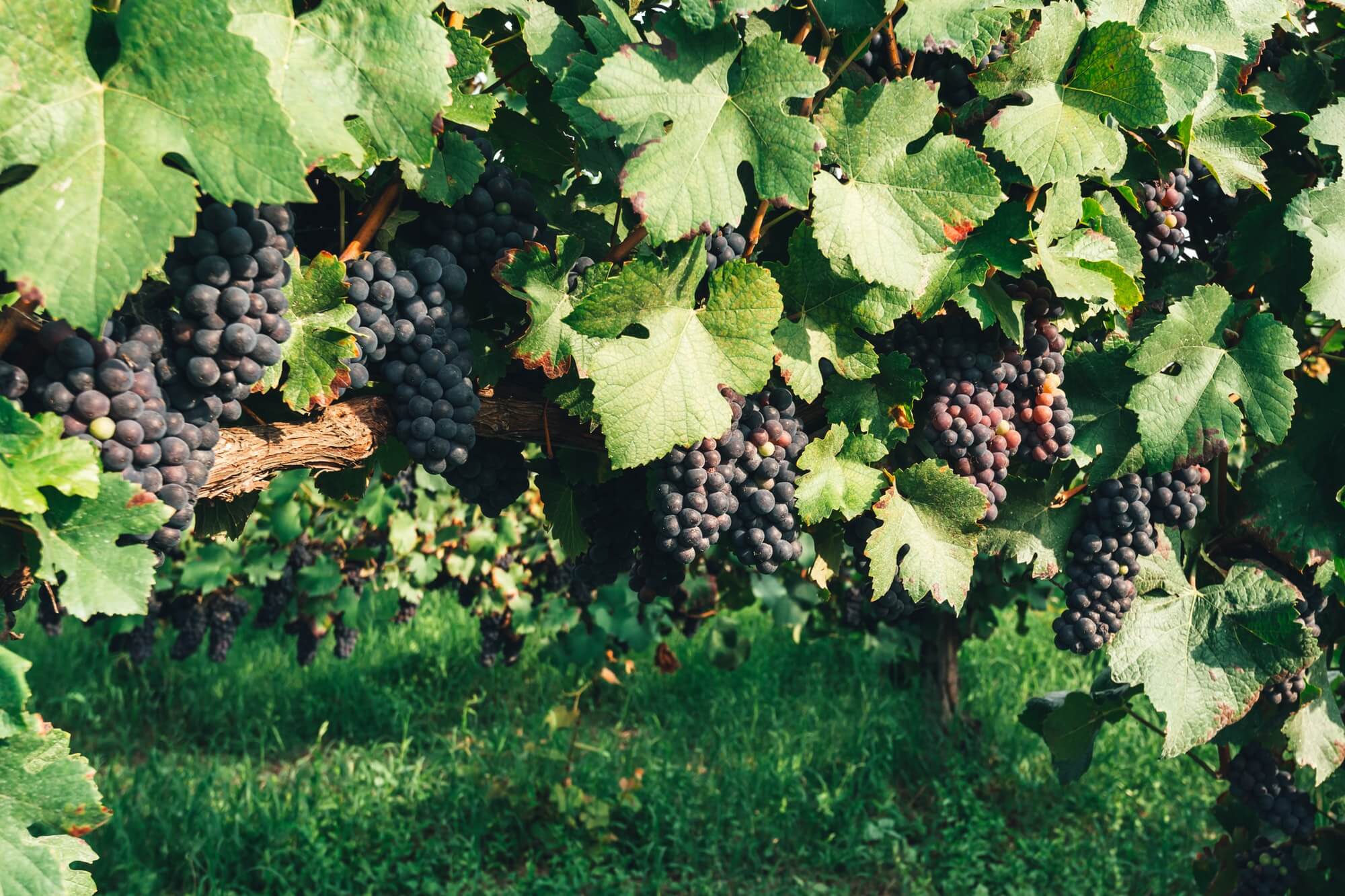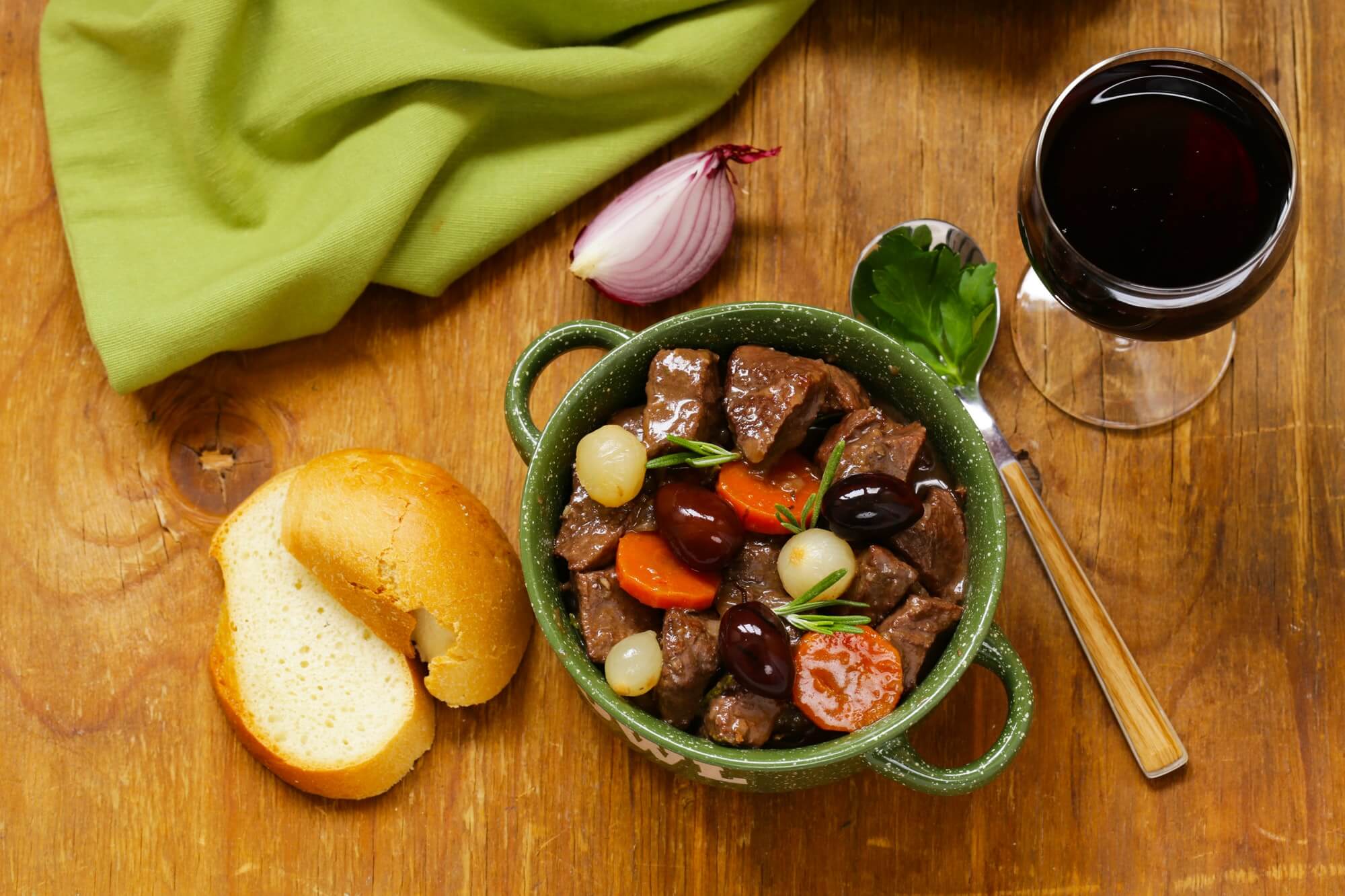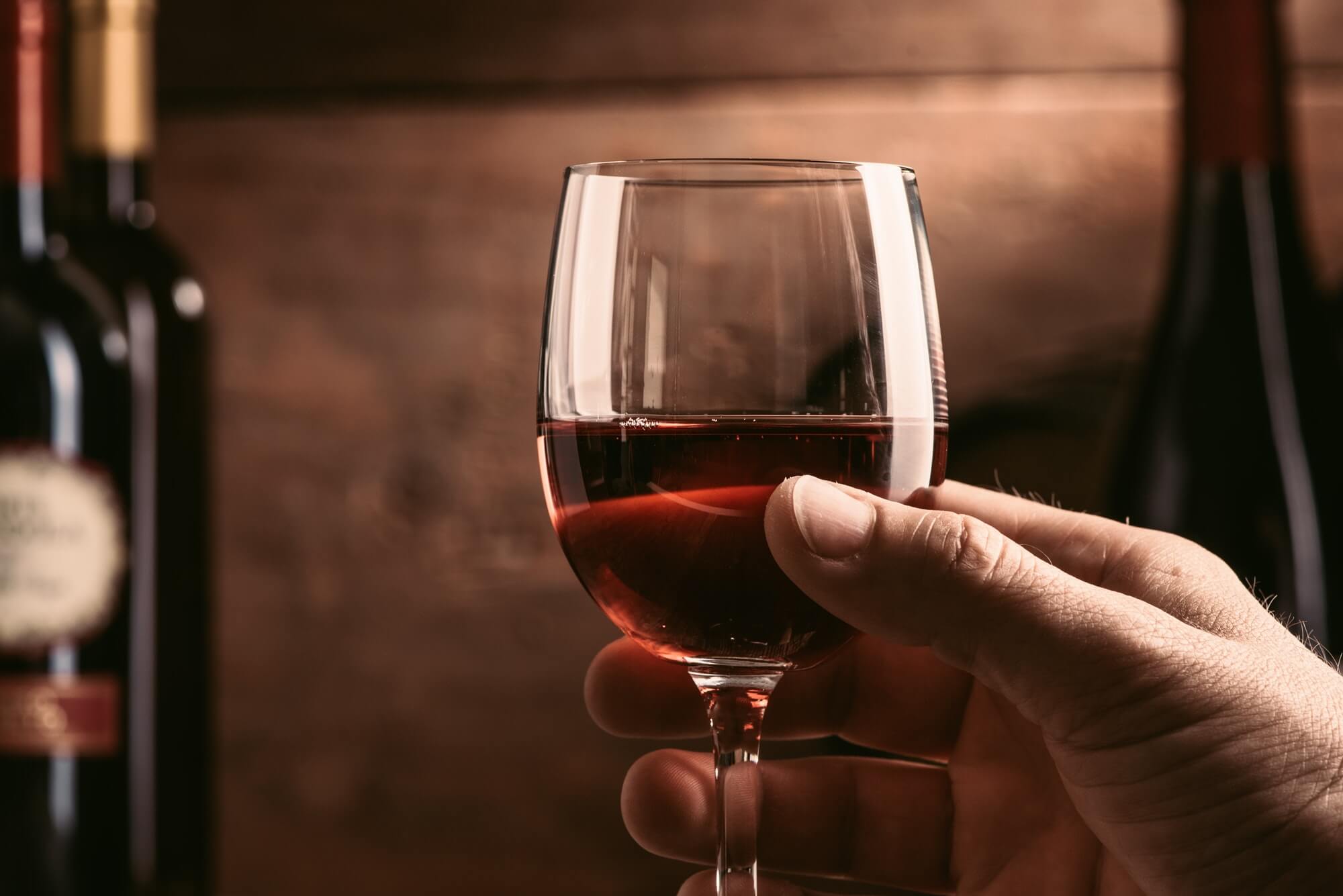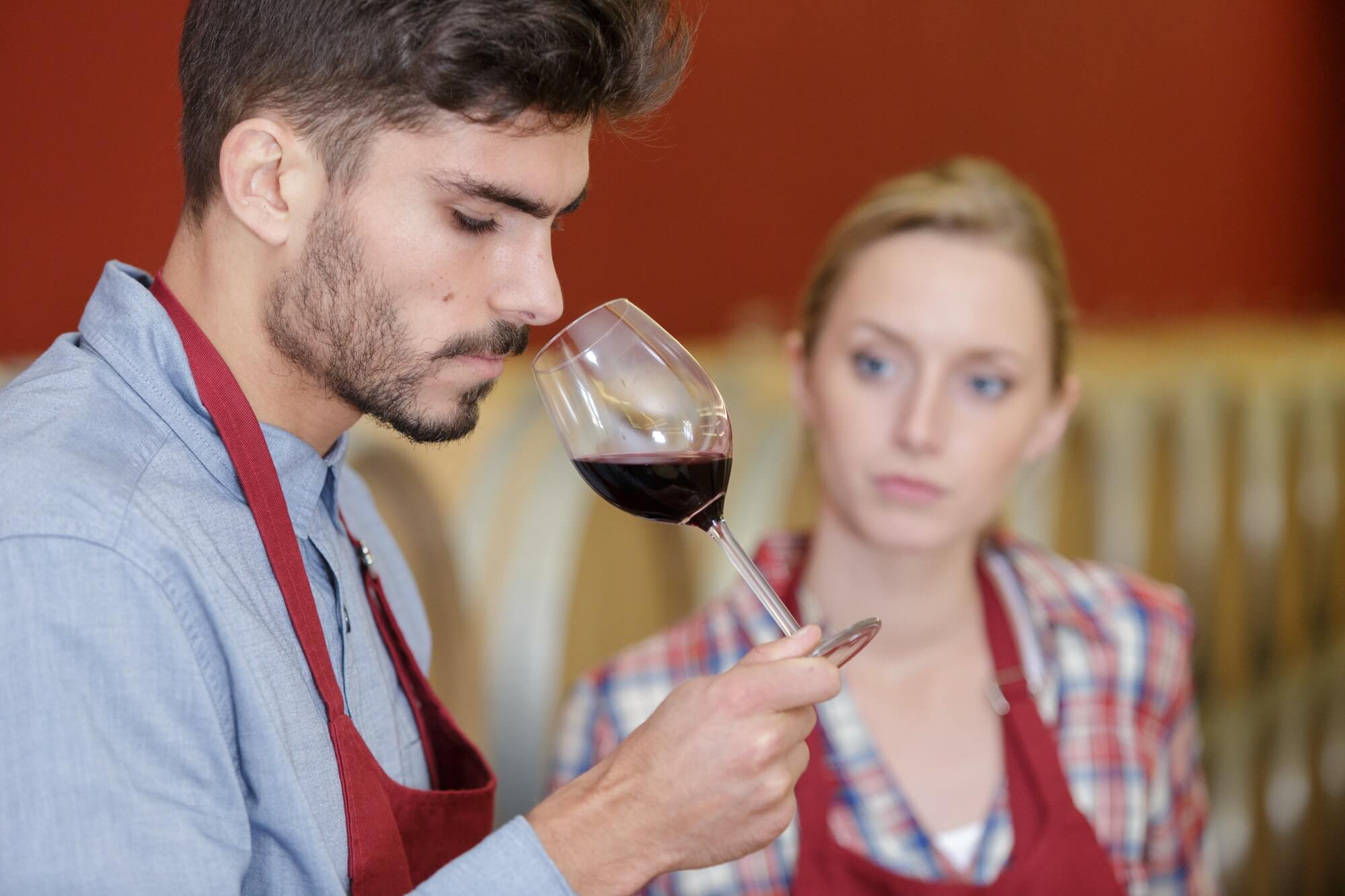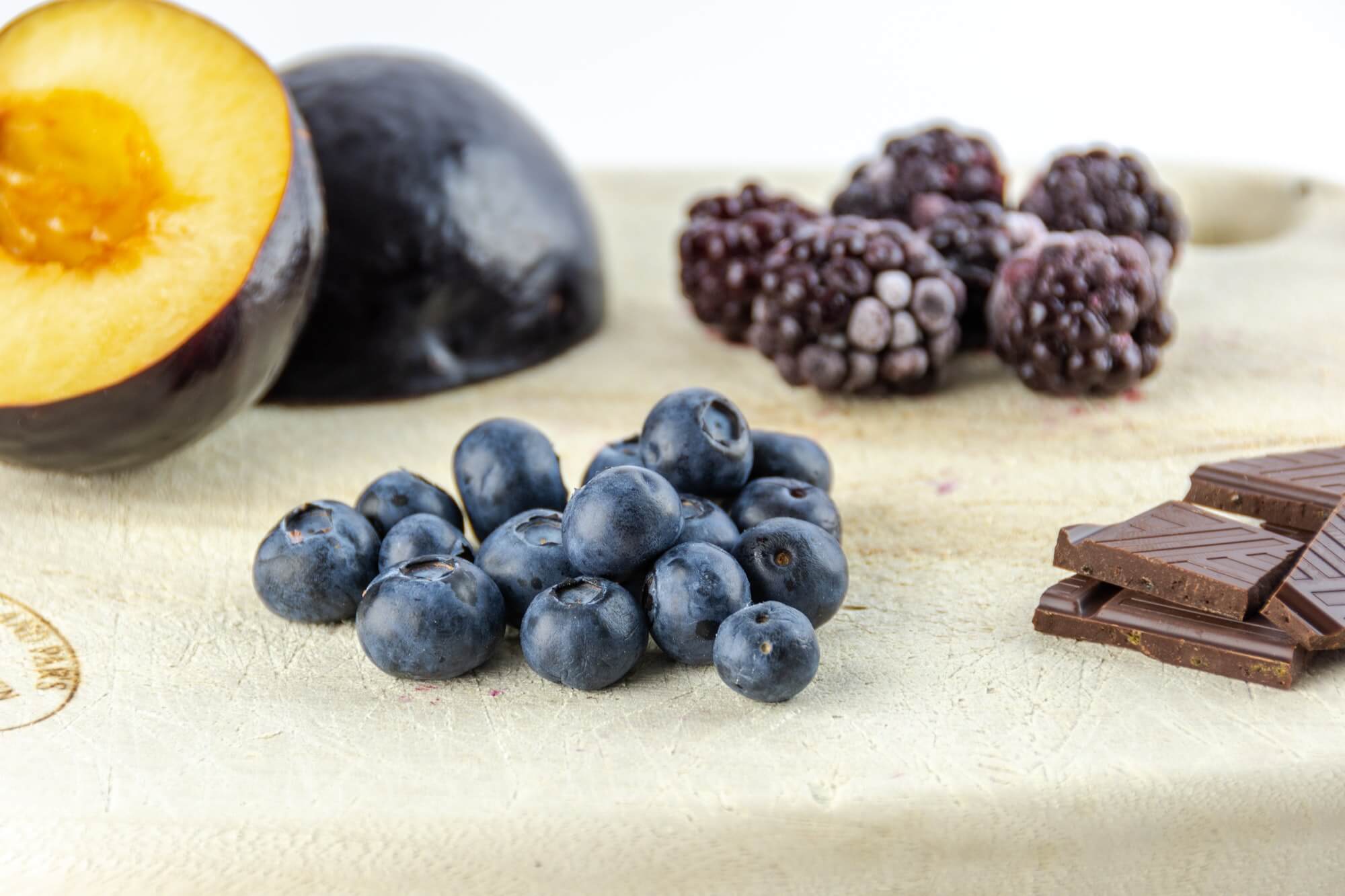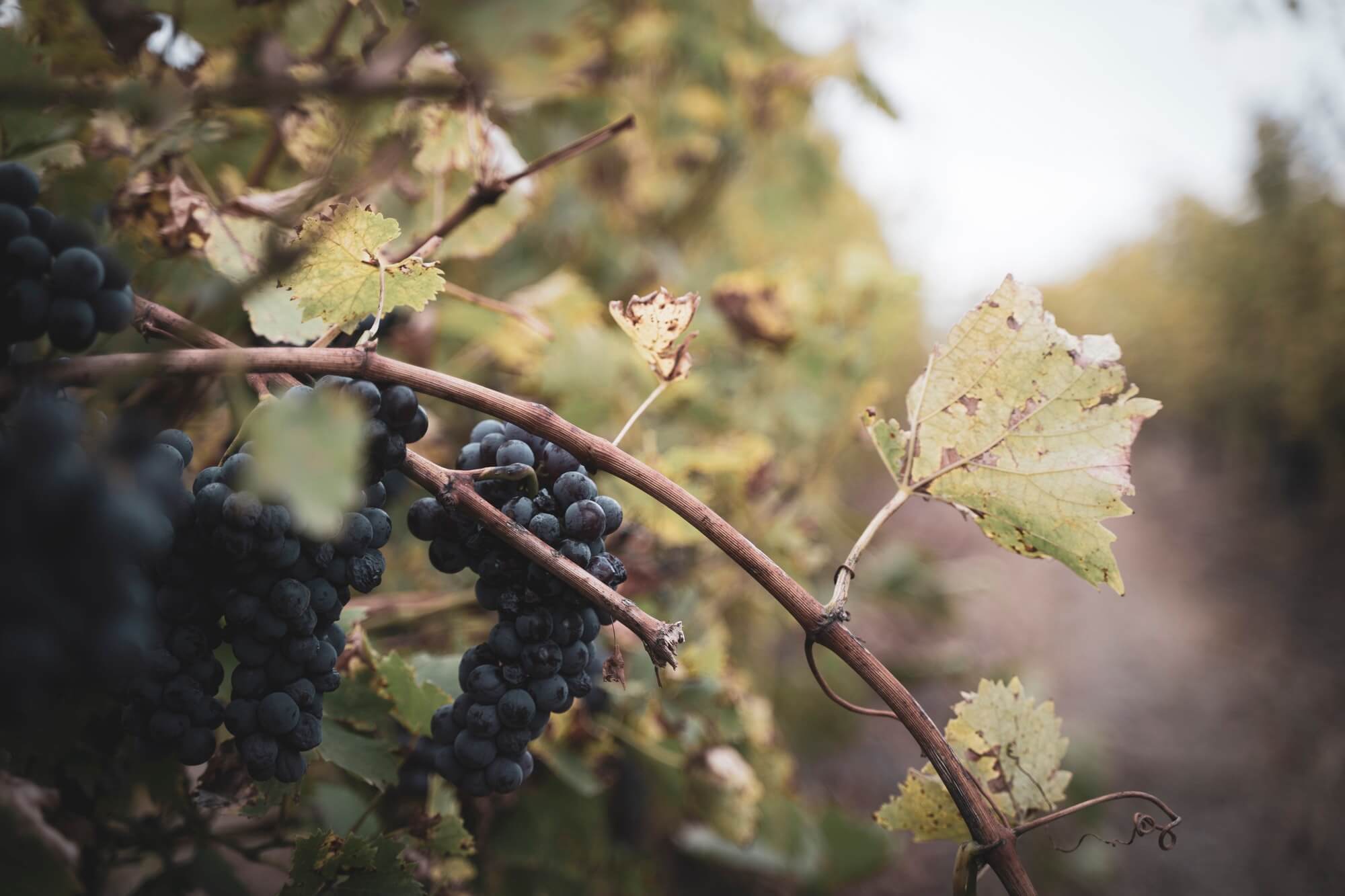Definition
The French paradox is the manifestation of low coronary heart disease (CHD) death rates in spite of high intake of dietary cholesterol and saturated fat. A French epidemiologist in the 1980’s formulated the French paradox concept in that period. France is really a country with low CHD incidence and mortality. The average energy supplied by fat was 36% in Toulouse and 38% in Belfast within 1985–86. In recent times, 1995–97, the percentage of energy from fat was 39% in Toulouse according to a representative population assessment.
The French paradox refers to the seeming contradiction revealed in regions of France where, in spite of high ingestion of dairy fat, the people acquired low occurrences of cardiovascular disease. From the onset, it was supposed that the alcohol in the wine was the factor that causes the reduction of the risk. Later, it was discovered that the paradox is only partially explained by the ability of alcohol to enhance HDL or “good” cholesterol.
Recently the research has concentrated on the capacity of the flavonoids in wine to play an active role in causing a reduction in the risk of coronary artery disease. The inclusion of the grape skins in the fermenting process is caused by enormously high level of polyphenols in red wine, which is about twenty to fifty times more than white wines. The polyphenols in grape skins are well known to avert the oxidation of LDL cholesterol, a serious event in the process of the development of coronary artery disease. There is research carried out on blueberry which proves that what is good for your heart is good for your brain. Researchers have also discovered a decreased risk of age-related macular degeneration with the consumption of restricted amounts of red wine.
WHAT IS THE FRENCH DIET?
The French diet concisely can be explained as eating small portions of high-quality foods less often. Foods that are a fastening of the French diet consist of full-fat cheese and yogurt, butter, bread, vegetable and fresh fruits, little portions of meat more frequently fish or chicken than red meat, dark chocolate, and wine.
WHAT IS THE CONTEXT THE FRENCH PARADOX DIET WORKS FOR THE FRENCH PEOPLE?
France has an astonishingly low obesity rate in spite of regularly eating rich foods like cheeses pastries and cream sauces, and this has typically to do with their eating style. Not like North Americans who tend to often eat vast amounts of processed foods, the French tend to eat leisurely, almost like a grazing animal. Moreover, because conversation and wine play important roles in their social ritual, having a small amount of red wine really helps digestion by slowing things down.
SATURATED FAT AND THE FRENCH PARADOX
In correspondence studies, measures that signify characteristics of an entire population: consumption of daily milk, animal fat and alcohol are exploited to explain disease (CHD mortality). Restrictions of correspondence studies are the failure to link exposure with disease in particular individuals, the inability to manage the effects of possible confounding factors, and the utilization of average exposure levels in lieu of actual individual values. France has the lowest rate of heart disease deaths in all of Europe despite consuming the most saturated fat.
WINE AND THE FRENCH PARADOX
Some authors have written numerous hypotheses in order to explain this, even if causality is not part of the French paradox. Debates have paid attention to alcohol consumption and, more purposely, on red wine. Study that consumption of red wine moderately on a regular basis maybe preventative against coronary disease is current. A scientist working at the Bordeaux University in France, stated that recommending red wine consumption in moderation explained the “French Paradox”, the low rate of heart attacks in France in spite of a significant dietary intake of saturated fats and alcohol.
The BEAUTY OF THE PARADOX AND SOME FOOD PAIRINGS
- Burgundy wine
- Provence wine
- Brittany wine
- The pairing of wine and food.
WHY IS WINE PAIRED WITH DISHES IN FRANCE
Tannins act in response with proteins. When matching with dishes that are high in proteins and fats such as hard cheeses and red meat, the tannins will bind with the protein and the bitterness of tannins make the wine feel in harmony.
THE PAIRING OF FOOD AND WINE
There is no other culture that has mastered the art of food and wine pairing as early and as well like the French but this is not to say that other cultures have since not evolved to be as good in food and wine pairing. France’s regional food and wine scene emphasize local produce and raw ingredients to produce terroir-driven dishes with a stern sense of place — including within the glass.
BURGUNDY WINE
Burgundy wine (Bourgogne or Vin de Bourgogne) is wine grown in the Burgundy region located in the eastern part of France, in the valleys and slopes west of the Saône, an arm of the Rhône. The most renowned wines produced here are their dry red wines prepared from Pinot Noir grapes and white wines prepared from Chardonnay grapes.
Red and white wines are also prepared from other grape varieties, such as Gamay and Aligoté, correspondingly. The region also produces little amounts of rosé and sparkling wines. Burgundy is recognized as having the highest number of appellations d’origine contrôlée (AOC’s) than any other French region and is regularly seen as the most terroir-conscious of the French wine regions. The varieties of Burgundy AOC’s are classified from cautiously delineated Grand Cru vineyards down to a more distracted region.
PROVENCE WINE
A great wine-producing region, known well for its rosé wines, of which Côtes de Provence and Côteaux d’Aix are the most prominent ones. However, red wines are also produced in Provence, together with some very rich red wines from the Var, and “grey wine” from the Camargue area. The most illustrious of the area’s wines is Bandol, notable since the middle ages. Some of the southern parts of the Côtes du Rhone AOP area also overlap into the Provence region.
BRITTANY WINE REGION
Brittany, which is on the north-western side of France, is well-known as a cultural region. This region in the French language is referred to as Bretagne and in other terms, this is referred to as Little Britain. Bounded by the English Channel, the Celtic Sea, the Atlantic Ocean, and the Bay of Biscay on its four sides, this region has a prosperous history of vine cultivation and winemaking. Aside Muscadet, we can find numerous appellations having originated from a number of unique varietals like Merlot and Gros plants.
Generally, the main part of Brittany is used for cultivating wines from Muscadet and Gros plants as the base. The history of Muscadet in Brittany is dated back to the seventeenth century when Dutch merchants in the Loire first introduced it. The present-day Muscadet vineyard is seeing extending from the coast to the island. The greatest examples of Muscadet can be seen in the regions of Sèvre et Maine. The Muscadet wines provide a perfect combination with any seafood dish.
FOOD AND WINE PAIRINGS
Wine flavors are made from definite components: sugar, fruit acid, tannin, and alcohol. Foods also contain flavor components, such as fat, salt, acid, sugar and bitter. The most flourishing food and wine pairings entails complementary components that enhance the richness and textures.
ELEMENTS OF FOOD AND WINE PAIRING
There are a small number of elements that make both red wine and white wine pairings work, and they are deduced from the distinctiveness of the food and how they blend with those of the wine. The elements are fat, acid, salt, bitterness texture and sweetness.
Many favorite foods, both dairy and meat products, have a high grade of fat. Wine does not contain fat, so when matching fatty food with wine, consider that it has to balance that fat with acid, cut it along with tannin, or match its affluence with alcohol. Acid is another important element in both food and wine. In wine, it annexes nerve, freshness, and lifts. This is also with food. When searching for a wine to go with an acidic dish, you should ensure the perceived acidity of the wine is at least equivalent to that of the food. Salt, sweetness, texture, and bitterness are other factors that affect the matching of food with wine.
BURGUNDY: BOEUF BOURGUIGNON AND PINOT NOIR
Residence to escargot, mustard, and an array of savory meat dishes, Burgundy is commonly considered one of the critical regions in France for food and wine. The region’s loaded cuisine and insanely thorough wine culture (Burgundy is certified for essentially establishing the concept of terroir) make it the best place to begin when it comes to drinking and eating your way through France. For beginners, dive into Burgundy’s namesake dish, boeuf bourguignon, which is a loving meat and vegetable stew. As soon as it deemed a peasant’s meal, boeuf bourguignon can now be found in some of the country’s best menus, together with those at Michelin-starred restaurants. Serve along with a local glass of Pinot Noir, the region’s mark red wine grape of any quality level and this is as simple and extraordinary match as one can have.
PROVENCE: BOUILLABAISSE WITH ROSÉ
Pot and Bowl of bouillabaisse enriched with parsley. Nothing says Provence in the south of France like its love of fresh fish, here paired along with lip-smacking rosé. Bouillabaisse is a traditional Provencal fish stew created from local Marseilles fish with celery, potatoes, tomatoes, and Provencal herbs, then served together with slices of grilled bread. The ultimate dish is both layered and intricate, enjoining a versatile, food-lovely wine with bright acidity. The trick is done by the beauty of the simplicity and accommodating local rosé wines.
BRITTANY: CRÊPES AND MELON DE BOURGOGNE
This is a Crêpe pancake together with ham, soft white cheese avocado, and egg on a white plate. Even though the traditional pairing for crêpes is commonly cider or beer, serving up savory pancakes along with a glass of local white wine can be equally a thirst-quenching changeup. This coastal, Atlantic-influenced region produces wine from the melon de Bourgogne grape — however, otherwise Muscadet — producing high-acid, saline-tinged wine that will match gently with this dish.
IN CONCLUSION
We have just started to scratch the surface of food and wine pairing and especially French wine, a task that can take a lifetime to get an understanding. The critical issue here is to understand at its core the French Paradox, which essentially brings some understanding how such a righ and fat based diet together with red wine in moderation can accomplish arguably the lowest heart disease culture and country.

